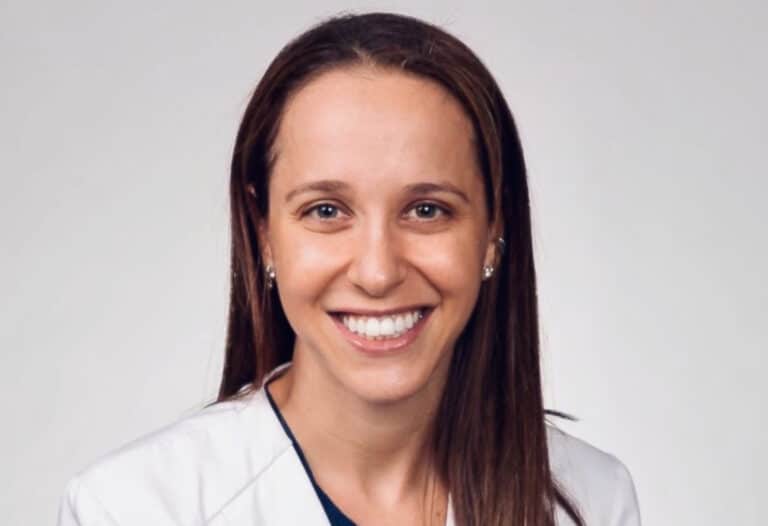
Impacting Pediatric Eye Care Around the World
Dr. Stacy Pineles, a 2000 BME graduate, relies on her Duke Engineering foundations as an eye surgeon and the leader of an NIH-supported clinical trials network

Dr. Stacy Pineles, a 2000 BME graduate, relies on her Duke Engineering foundations as an eye surgeon and the leader of an NIH-supported clinical trials network
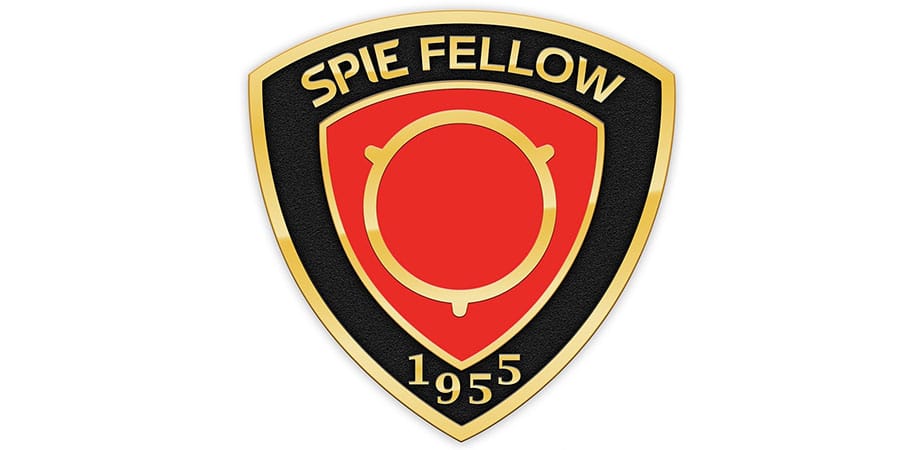
The elevation to fellow recognizes the Duke ECE faculty member's pioneering contributions to linear and nonlinear structured light-matter interactions and active photonics

Adaptive form of deep brain stimulation with twice the number of electrodes improved the symptoms of Parkinson’s disease in six patients

A new computational method unveils hundreds of new ceramic materials with a wide range of potentially industry-disrupting properties like electronics that could function in a lava bath
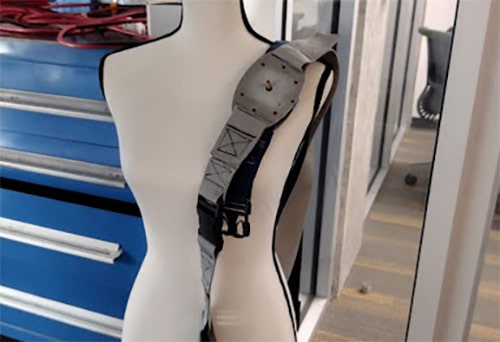
Eric Richardson emphasizes product design, interdisciplinary approaches and industry-academia partnerships to best meet the needs of underserved communities in his BME classes

The unique scholarship program combines cultural experiences, hands-on professional development and academic rigor in global settings to emphasize the importance of adaptability and leadership.
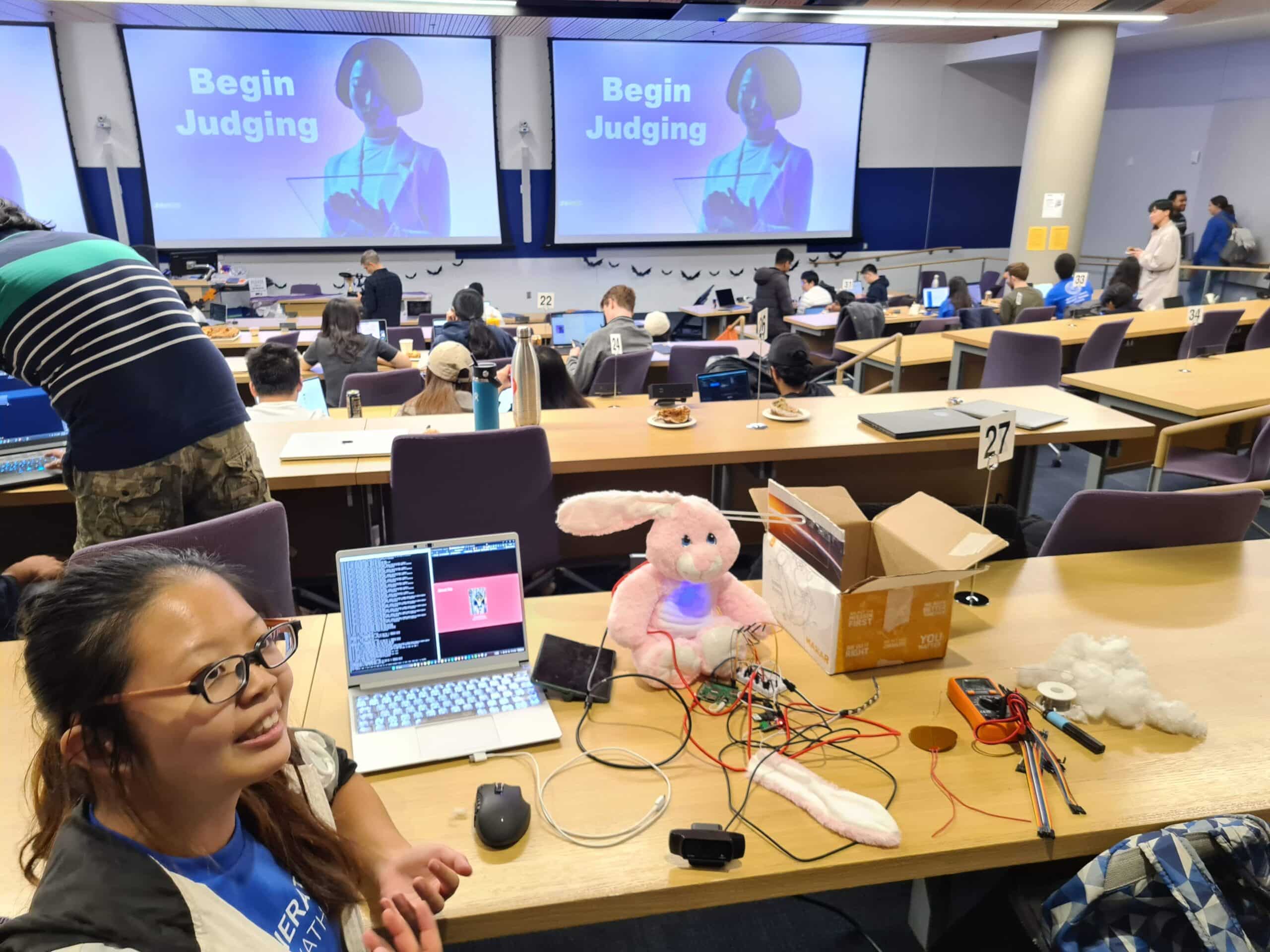
Duke Engineering’s inaugural generative AI Hackathon brings student collaboration, creativity and innovation to the latest technical tools

AI screening for autism, military innovations, protective tire tech, alumni in space—Duke Engineering has had a busy year. See how our journey spans beyond traditional boundaries, embracing unexpected partnerships and a people-first approach to harness engineering for societal good.
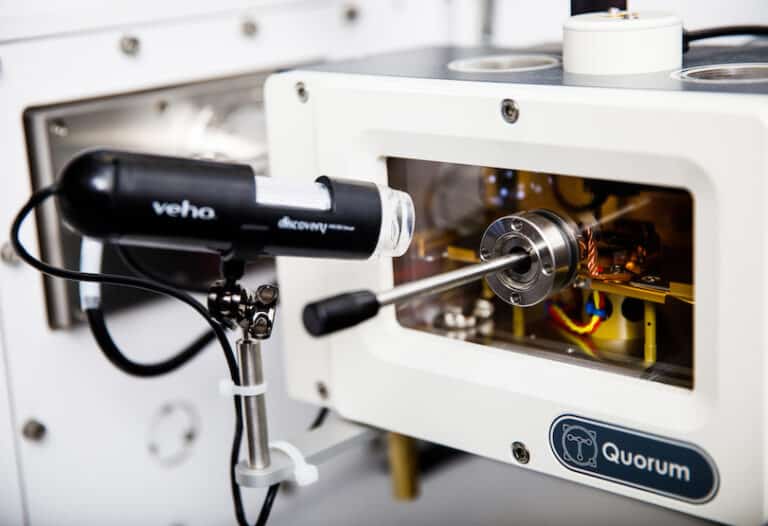
Two new Duke nanoscale fabrication and microscopy facilities unique to the region will boost research in materials with applications from energy to medicine
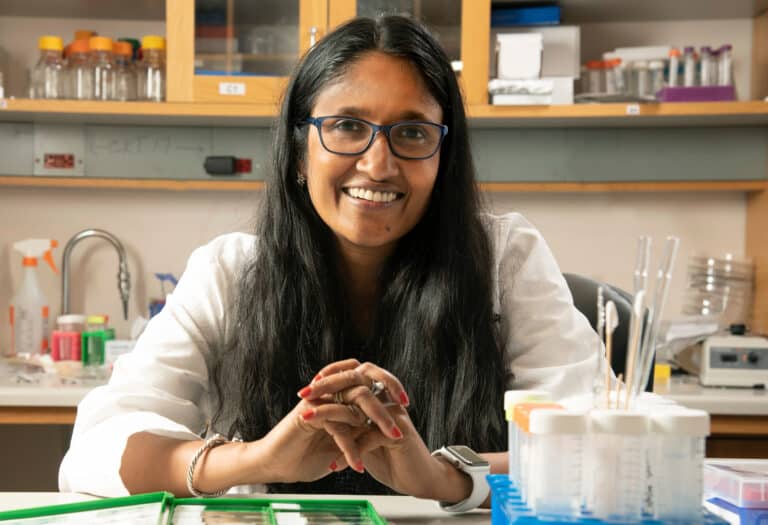
Collaboration between engineering and medicine has developed a new strategy to protect bones during cancer treatment using a unique drug delivery system with tiny carriers
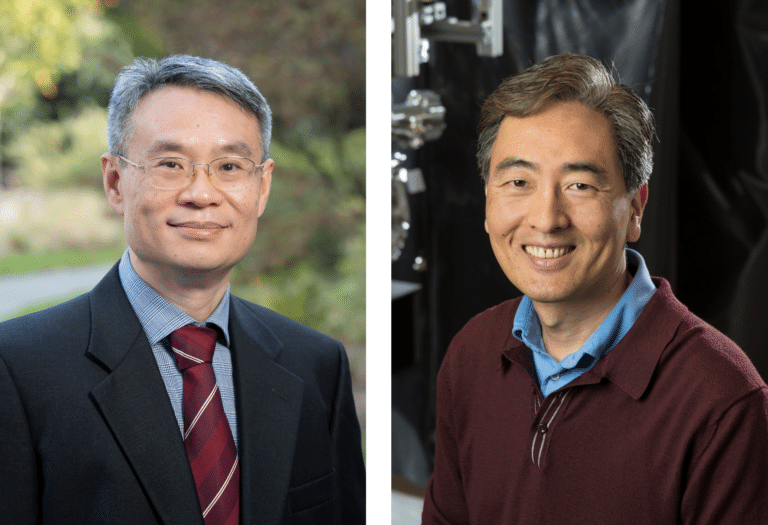
Duke’s newest NAI fellows revolutionized how computers store and process information

By studying the empty spaces between particles rather than the particles themselves, researchers can better understand structural stability